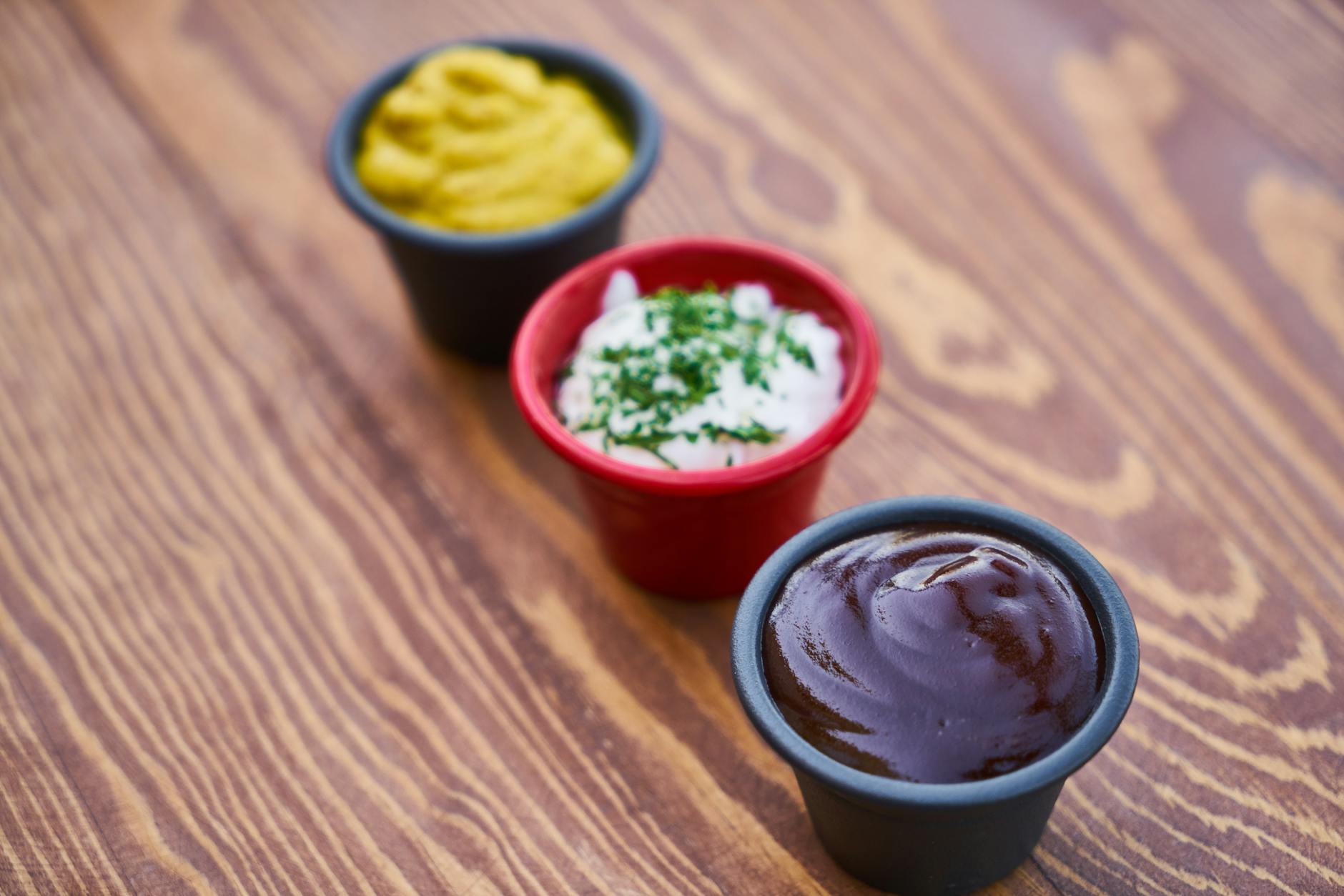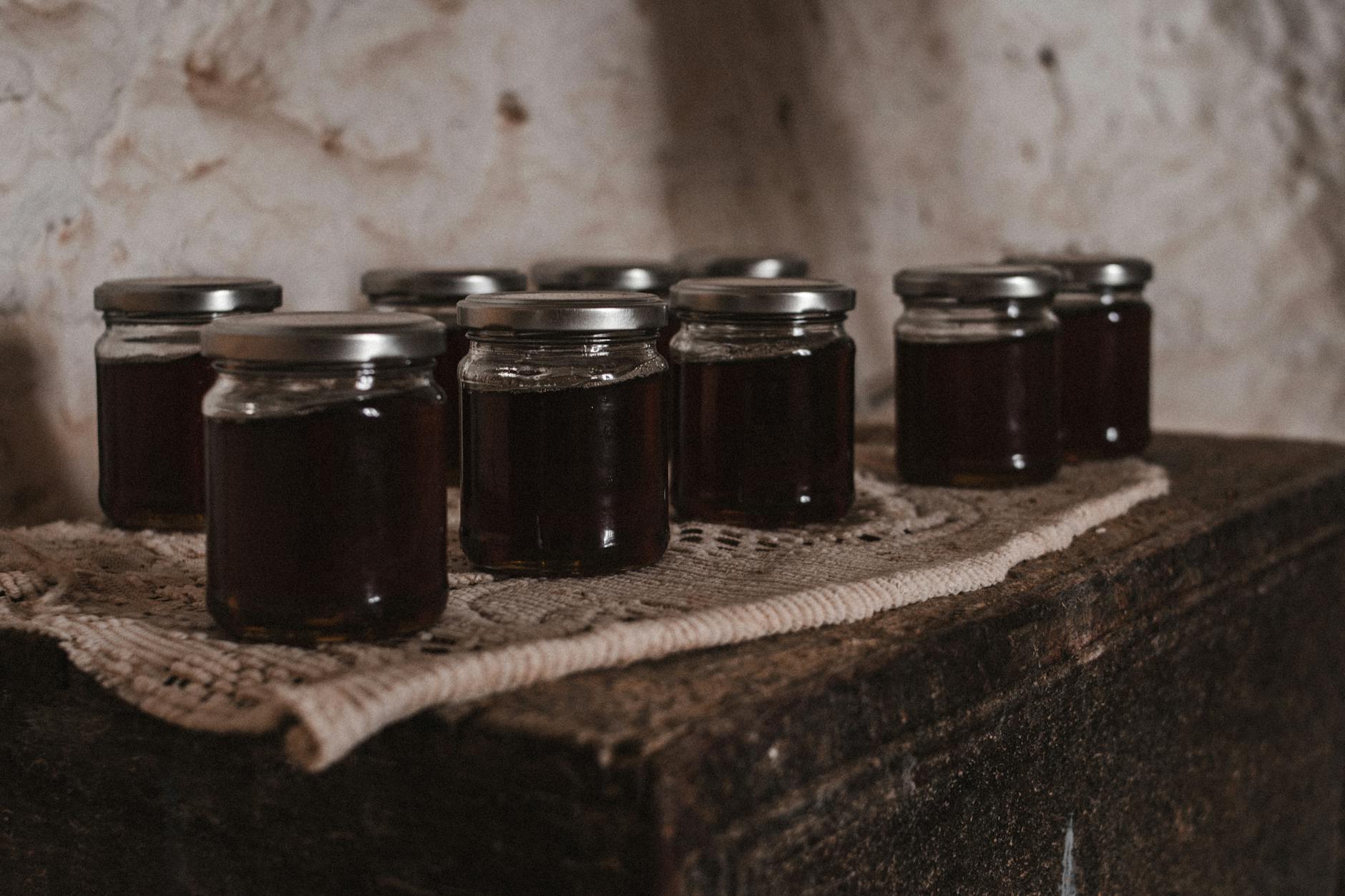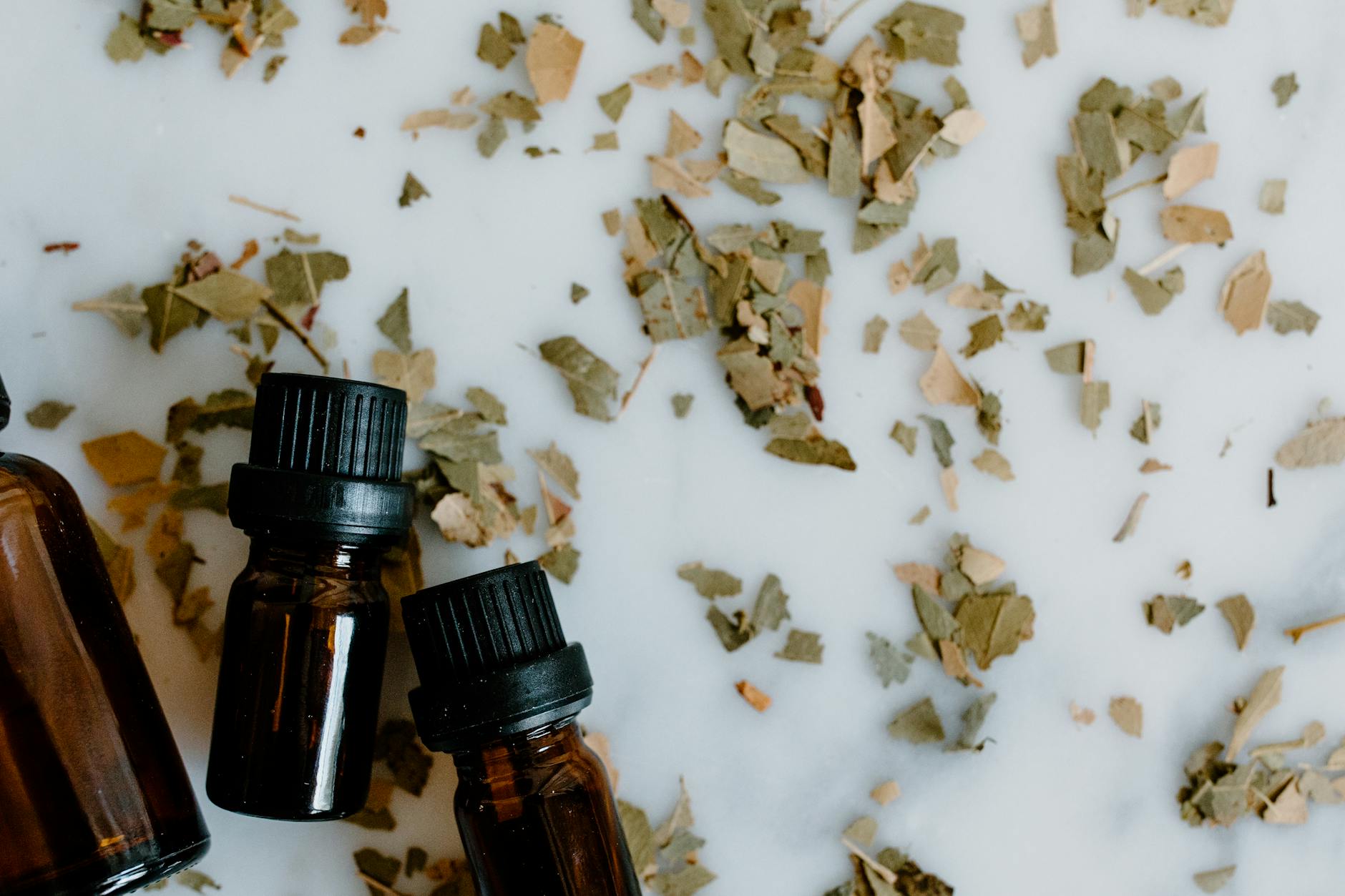Is Your Sunscreen Australia-Reef Safe? Here’s What You Need to Know

Understanding Sunscreen Safety
When it comes to preserving vibrant ecosystems like the Great Barrier Reef, understanding reef safe sunscreen is paramount. Many traditional sunscreens contain chemicals harmful to marine life, so environmentally conscious choices are crucial. Let's delve into what makes a sunscreen safe for our oceans.
Reef-Safe Ingredients
Sunscreens labelled as "reef-safe" typically avoid chemicals like oxybenzone and octinoxate, known for their detrimental effects on coral reefs. Instead, they use natural minerals such as zinc oxide or titanium dioxide, which form a physical barrier against UV rays rather than being absorbed by the skin. Such ingredients are less likely to cause coral bleaching and are more eco-friendly.
Avoiding Harmful Chemicals
Parents looking for kids sunscreen should be wary of products containing parabens or other preservatives that can harm sensitive skin and the environment. It's wise to check for formulations that skip these in favour of natural alternatives. Always scan ingredient lists to ensure a gentle, non-toxic formula that upholds both skin health and marine ecosystems.
Regulatory Guidelines
Australia has stringent guidelines ensuring sunscreen efficacy and safety. The Therapeutic Goods Administration oversees these regulations, ensuring that the sunscreens we use are both health-effective and reef-conscious. This oversight assures users that sunscreens comply with local environmental standards while protecting their skin. Always check for local certifications that vouch for product safety and efficiency.
Incorporating these practices not only benefits our skin but also aids in the preservation of places like Fitzroy Island, ensuring that these natural marvels remain pristine for future generations.
Impact on Coral Reefs
Chemical Effects on Marine Life
As someone who spends a significant time diving near the stunning Great Barrier Reef, I've seen firsthand how vital it is to protect our coral ecosystems. The chemicals in many sunscreens can harm these underwater treasures. Oxybenzone and octinoxate, in particular, are known culprits that can cause coral bleaching, disrupting marine life balance. For us who swim, dive, or snorkel in these beautiful waters, opting for alternatives like zinc sunscreen ensures that we can enjoy the dazzling underwater sights without compromising the fragile ecosystem they thrive in.
Sunscreen's Ecological Footprint
Preserving the Great Barrier Reef goes beyond just our immediate actions; it also involves making informed choices about the products we use daily. The ecological footprint left by petrochemical-based sunscreens is significant: they not only wash off into the ocean but also contribute to broader environmental degradation. By selecting eco-friendly options, we take small yet powerful steps towards lessening our impact by supporting sustainable marine tourism and adhering to practices that have a lower overall environmental burden.
Studies and Findings
Research continues to unveil the alarming effects of conventional sunscreens on marine environments. Studies highlight the bleaching and DNA damage in marine organisms exposed to these common sunscreen ingredients. As passionate protectors of our oceans, we must heed the science. Embracing this knowledge empowers us to make smarter choices, ensuring the vibrant life around Fitzroy Island and the Daintree Rainforest remains as mesmerizing for generations to come.
Choosing the Right Sunscreen
Choosing a natural sunscreen isn't just about avoiding chemicals; it's about embracing options that protect both your skin and marine life. Before you head out to explore the mesmerising dives at the Great Barrier Reef, consider these practical tips to ensure you select the best sunscreen for your adventure.
Safe Alternatives
Opt for sunscreens containing non-nano zinc oxide or titanium dioxide. These minerals physically block UV rays without penetrating the skin or harming coral reefs. Not only do these alternatives offer broad-spectrum protection, but they also minimise environmental impact, a crucial factor for an eco-conscious traveller like yourself.
Application Tips for Families
For families preparing for a day under the Queensland sun, proper application is key. Apply sunscreen generously 20 minutes before sun exposure and reapply every two hours or immediately after swimming or sweating. Teach kids to apply sunscreen to all exposed skin, including often-missed areas like the back of the neck and tops of the feet.
Reading Labels Effectively
Understanding labels is essential to choosing sunscreens that align with your values. Look for certifications that indicate reef-safe formulations, absence of harmful chemicals, and clinical effectiveness. A dermatology resource or online medical forum can provide reliable lists of approved products, ensuring you make informed decisions that benefit your health and the environment.
Incorporating these strategies not only contributes to your health but also supports significant environmental preservation efforts in places like Fitzroy Island.
Best Practices for Sun Protection
When you’re planning a day out under the Australian sun, it's essential to not just slather on any sunscreen but to consider a holistic approach to sun protection. Beyond applying baby sunscreen meticulously, opt for a combination of clothing and accessories to shield your skin from harsh UV rays. Wide-brimmed hats, UV-filtering sunglasses, and long-sleeved rash guards are as crucial as sunscreen. This ensemble not only protects your skin but also contributes significantly to preserving the environment by reducing reliance on chemical-based sunblocks.
Another key aspect is community education. Hosting local workshops with bite-sized, engaging presentations can make a world of difference. The goal is to encourage everyone, even the little ones, to adopt these habits as second nature. Imagine doing this alongside a day trip to the Daintree Rainforest, where hands-on demonstrations can make the learning experience even more memorable and impactful.
Lastly, embracing eco-conscious habits plays a pivotal role in both personal and environmental health. Opt for reef-safe sunscreens void of oxybenzone and octinoxate, known to bleach coral and disrupt marine ecosystems. Instead, choose products with ingredients that are safe for both human skin and the oceanic wonders of the Great Barrier Reef. By incorporating these practices, you'll protect not just yourself but also the delicate marine life that makes locales like Fitzroy Island so spectacular.
Correcting Common Sun Protection Mistakes
With the sun blazing over the Great Barrier Reef, it's critical to avoid common sunscreen blunders that can harm both your skin and our cherished marine ecosystems.
Misapplication Errors
Applying sunscreen might seem straightforward, but errors happen more frequently than you'd think. Ensure a generous, even coat—skimping can leave patches exposed to the sun. Remember, sunscreen should be applied 15 to 30 minutes before sun exposure and reapplied every two hours, especially after swimming or sweating. If you're exploring the Daintree Rainforest, don't forget those easily overlooked spots like the ears, back of the neck, and tops of feet, which need just as much protection.
Misunderstanding SPF Levels
Understanding SPF levels is crucial to safeguarding your skin. Many believe higher SPF ratings offer exponential protection, but that's a bit of a misconception. An SPF 30 blocks about 97% of UVB rays, while SPF 50 blocks 98%. Opt for a broad-spectrum sunscreen that protects against both UVB and UVA rays, as it prevents deeper skin damage. When adventuring on Fitzroy Island, where the sun can be relentless, reapply regardless of SPF.
Misconceived Environmental Claims
When sunscreen shopping, labels can sometimes mislead. Terms like "natural" and "eco-friendly" aren't always regulated, leading to misconceptions. To truly protect our majestic marine treasures, turn to mineral-based sunscreens with reef-safe ingredients like zinc oxide or titanium dioxide. These options provide effective sun protection without the harmful chemicals detrimental to coral reefs.
In preserving our skin and environments, we play a pivotal role in protecting our planet’s biodiversity and the vibrant marine life adorning Australia’s coastline.


